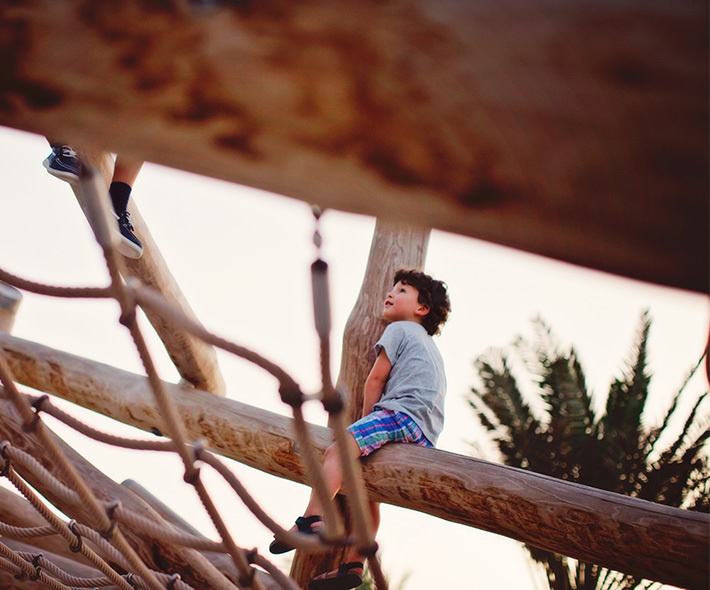Magazine
Design for Children's Playgrounds
An aesthetic and content-related challenge
We would like to take a closer look at the question of how children's playgrounds should ideally be designed in order to do justice to the joy of children's play and the high play value of the equipment, while still creating an urban space that is exciting and appealing for adults too. We are therefore dedicating the third issue of our magazine to the topic of "Design for children's playgrounds - an aesthetic and content-related challenge".




